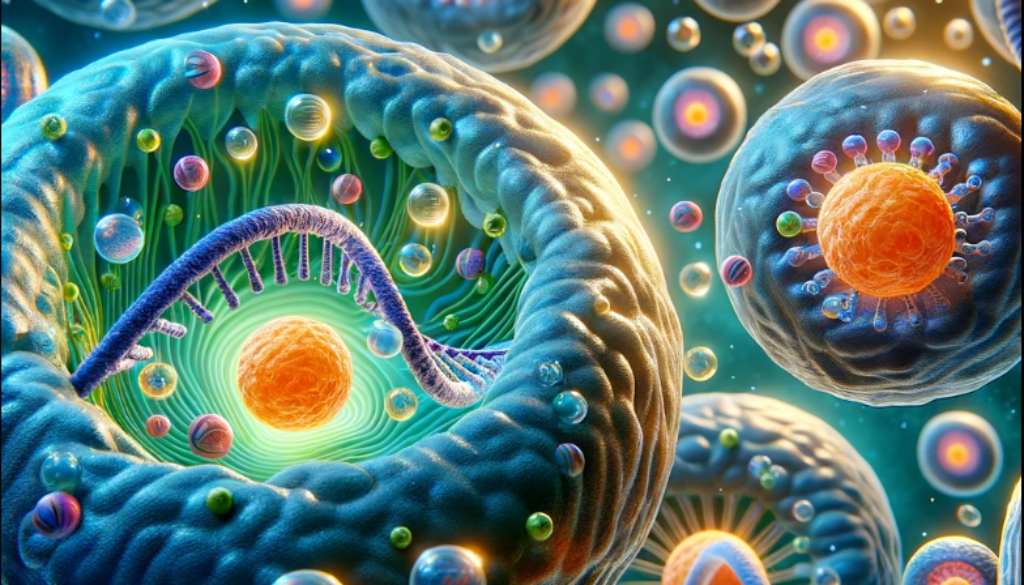This was originally posted as an answer to a Quora question in October 2023
Why doesn’t our body contain one single “genomic hub” that transmits all of the genetic information to the rest of the body?
First, it’s really hard to efficiently transport small things over large distances.
Proteins do almost everything within a cell. But for proteins to do their tasks, they have to be positioned in specific places within the cell.
This can be done either by moving the protein itself into its location of action, or by moving the RNA encoding the protein closer to the location.
One way of doing this is through the help of what we call “motor proteins”. These are some pretty cool machines that get things moving around in the cells.
3D rendering of a motor protein called Kinesin, transporting a large vesicle. This vesicle could contain proteins or RNA inside of it.
These motor proteins use A LOT of energy. So having a lot of these walking over large distances would be extremely wasteful.
Because of this problem, some very long cells in your body have more than one copy of the genome. Muscle cells, for example, need most of their energy for contraction. So, they can’t spend a lot of energy on transport! For that reason, long muscle cells have several copies of the genome spread around the cytoplasm so that, whenever a gene is read, the resulting protein is near its location of action.
Other very long cells, like nerve cells, don’t need to spend a lot of energy in contraction. Hence, they can afford to have a single nucleus and rely on transporters (like the kinesin molecule shown above) to move things around their long axons (which can be as long as a meter!).
Second, different cells don’t read the genome the same way.
If the genome has the instructions to make us who we are, and every cell has an exact copy of the genome, how come they don’t all look the same? A brain cell is clearly very different from a skin cell. How does that happen if they have the exact same set of instructions?
Nerve cells (left) and skin cells (right) under a light microscope.
Well, although cells have the same “main manual” (the genome), they don’t all read the same pages (the genes). The combination of pages that cells “read” from the manual is what determines the shape, function, and localization of the cell in the body.
In more Biological terms: different cells express different genes.
If there was one single “genomic hub” in the body, how would different information be transmitted to different cells?
Finally, we evolved from unicellular organisms.
The first two reasons above are very “technical” and “practical” reasons. But I believe that, at the end of the day, the real underlying reason why we have a copy of the genome for almost every cell, is because we evolved from unicellular organisms, each containing their little genome.
I’m not an evolutionary biologist, so I’ll restrain myself from commenting too much on this point. Perhaps a more credible person on the topic could complement my answer, but I remember reading a hypothesis that multicellular organisms evolved from colonies of unicellular organisms that live symbiotically. This hypothesis is actually supported by things such as cyanobacteria (a unicellular organism) that can combine to form colonies or filaments.
Cyanobacteria filaments


